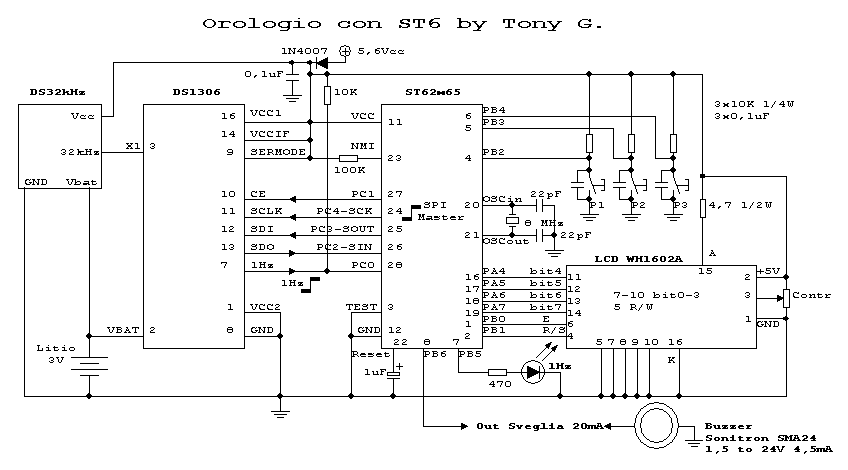
Wiring diagram
|
ATTENTION:
Who created
this or
other projects on this web site,
please can send me
on my
email photos
of his accomplishments?
I would like to
put it here
on-line
so that they are visible and
can serve as a
starting point for new
ideas,
different realizations or
changes, following
in this way
the spirit
of this site which
is in favor of
disclosure
and
knowledge of electronics
free of charge. Also, if you, while sending photos of your prototypes, authorize me to put on-line together with the photos at least your name and your email, you will be contacted or you can contact another user who made the same project in order to do together of constructive confrontation. Thank you in advance, Tony |

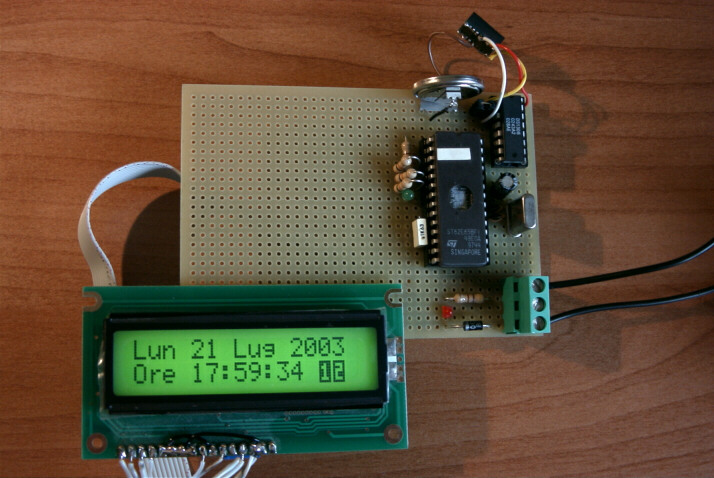
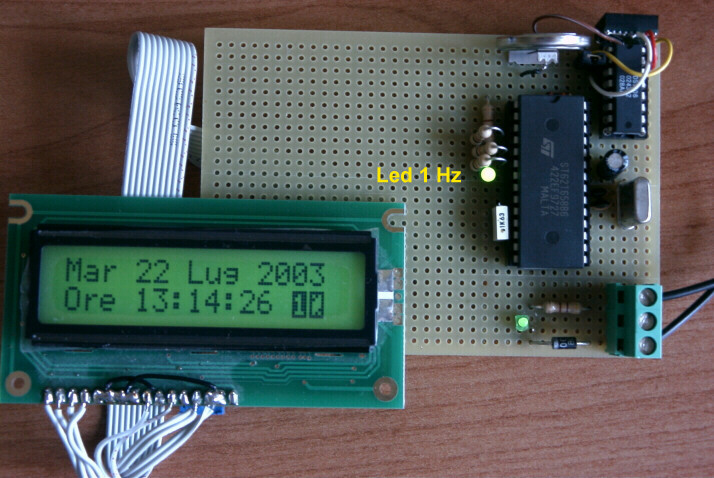
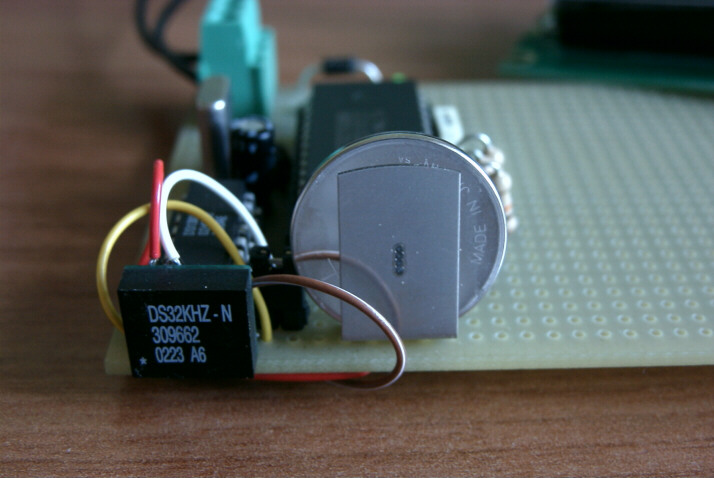
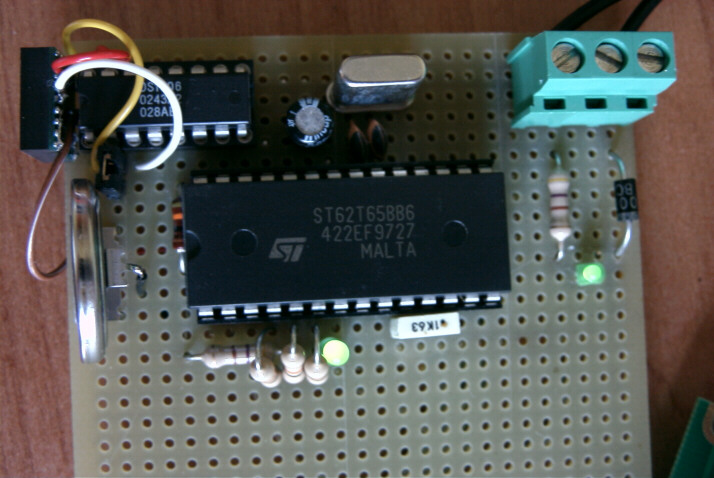
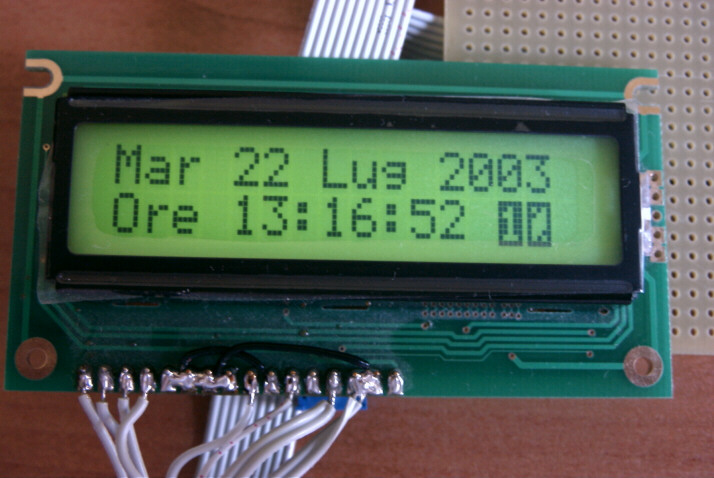
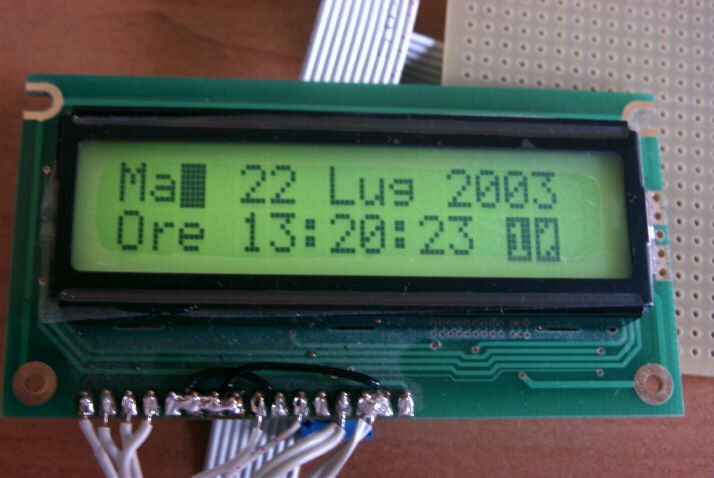
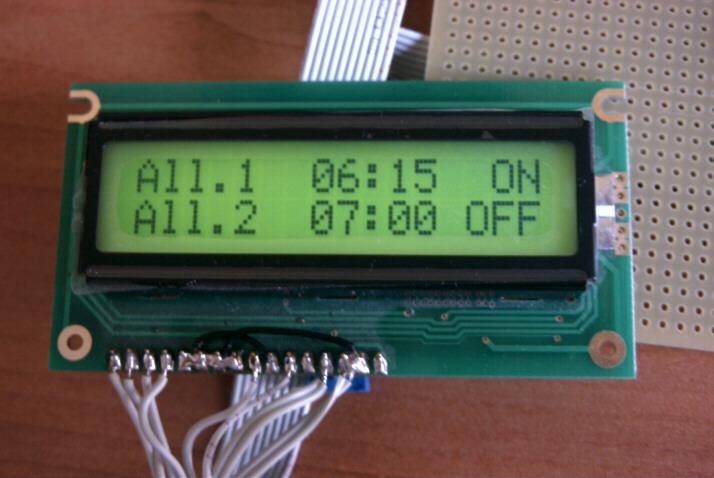
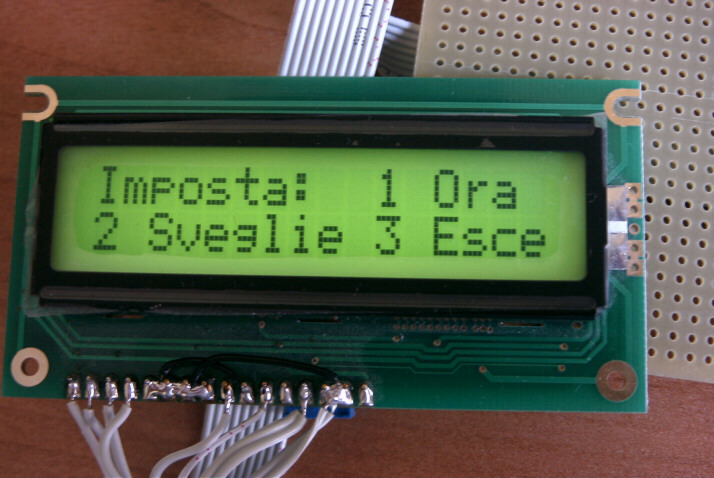
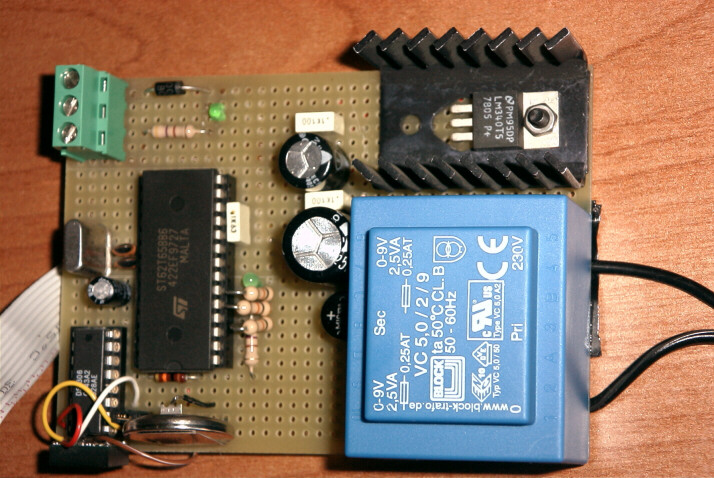
© Copyright tony@microt.it